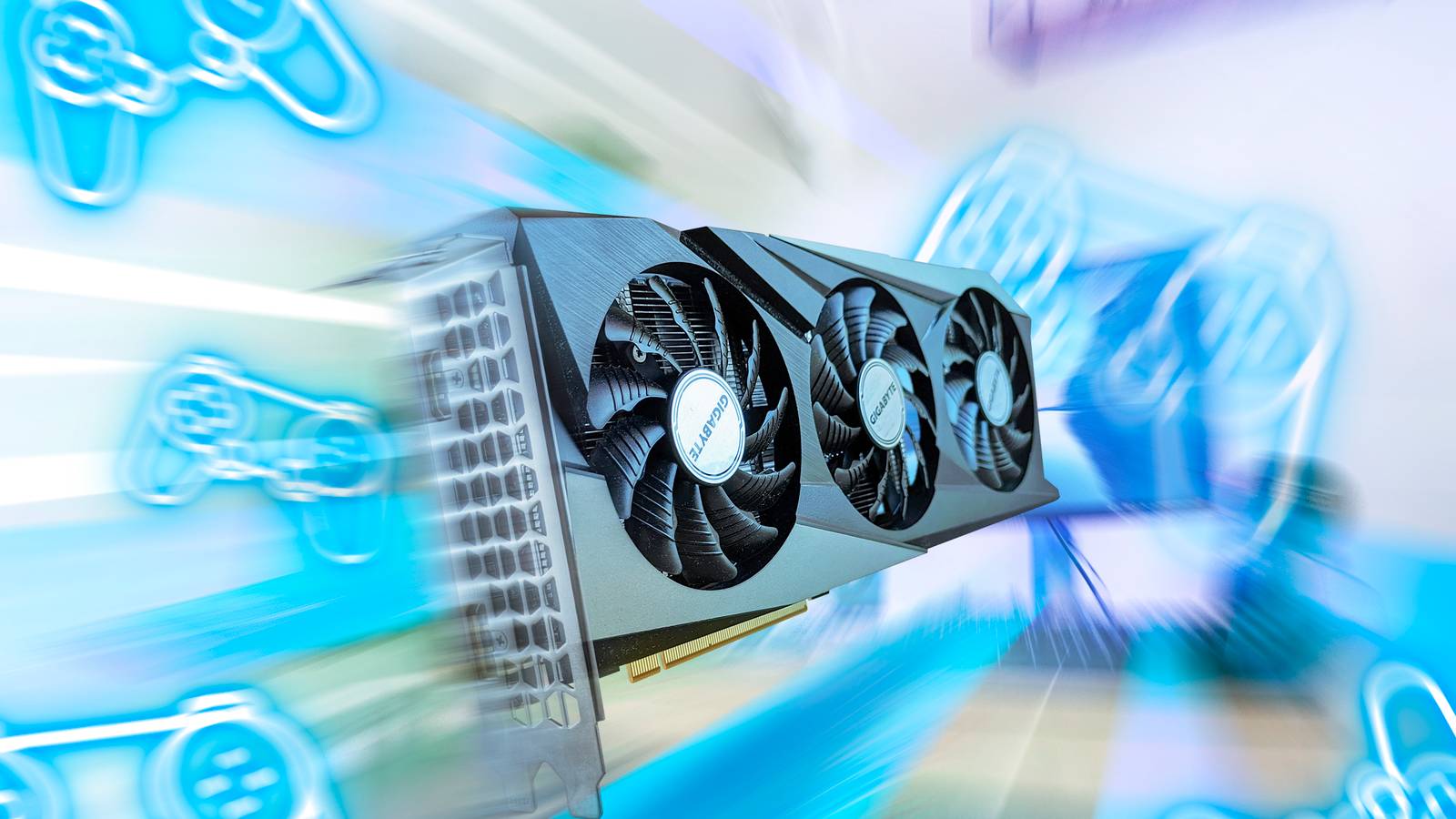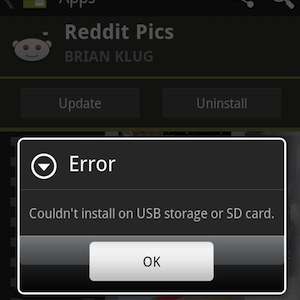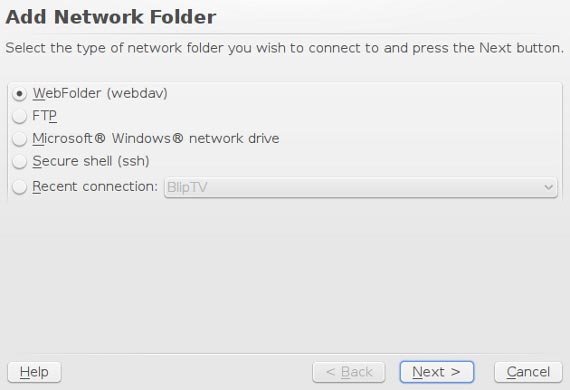Software-RAID1 auf laufendem Mandriva 2008.0 vorbereiten
Voraussetzungen
- Ein laufendes RAID1 auf /dev/hdb (zweite Festplatte).
- Neue oder geleerte Festplatte als /dev/hda mit passenden Partitionen (1, 5, 6).
- Root-Rechte auf dem System.
7 Vorbereitung von /dev/hda
Wenn alles korrekt ist, sollten /dev/md0 und /dev/md2 in der Ausgabe von
df -herscheinen. Beispielausgabe:
[root@server1 ~]# df -h
Filesystem Size Used Avail Use% Mounted on
/dev/md2 4.4G 757M 3.4G 18% /
/dev/md0 167M 9.0M 150M 6% /boot
[root@server1 ~]#Die Ausgabe von
cat /proc/mdstatsollte in etwa so aussehen:
[root@server1 ~]# cat /proc/mdstat
Personalities : [raid1]
md1 : active raid1 hdb5[1]
417536 blocks [2/1] [_U]
md0 : active raid1 hdb1[1]
176576 blocks [2/1] [_U]
md2 : active raid1 hdb6[1]
4642688 blocks [2/1] [_U]
unused devices:
[root@server1 ~]# Nun müssen wir den Partitionstyp für die drei Partitionen auf /dev/hda auf “Linux raid autodetect” ändern. Starten Sie fdisk:
fdisk /dev/hdaBeispielinteraktion (Ausgabe unverändert):
[root@server1 ~]# fdisk /dev/hda
Command (m for help): <-- t
Partition number (1-6): <-- 1
Hex code (type L to list codes): <-- fd
Changed system type of partition 1 to fd (Linux raid autodetect)
Command (m for help): <-- t
Partition number (1-6): <-- 5
Hex code (type L to list codes): <-- fd
Changed system type of partition 5 to fd (Linux raid autodetect)
Command (m for help): <-- t
Partition number (1-6): <-- 6
Hex code (type L to list codes): <-- fd
Changed system type of partition 6 to fd (Linux raid autodetect)
Command (m for help): <-- w
The partition table has been altered!
Calling ioctl() to re-read partition table.
Syncing disks.
[root@server1 ~]#Jetzt fügen Sie /dev/hda1, /dev/hda5 und /dev/hda6 den jeweiligen RAID-Arrays hinzu:
mdadm --add /dev/md0 /dev/hda1
mdadm --add /dev/md1 /dev/hda5
mdadm --add /dev/md2 /dev/hda6Schauen Sie erneut in /proc/mdstat:
cat /proc/mdstatSie sollten sehen, dass die Arrays synchronisiert werden:
[root@server1 ~]# cat /proc/mdstat
Personalities : [raid1]
md1 : active raid1 hda5[2] hdb5[1]
417536 blocks [2/1] [_U]
resync=DELAYED
md0 : active raid1 hda1[0] hdb1[1]
176576 blocks [2/2] [UU]
md2 : active raid1 hda6[2] hdb6[1]
4642688 blocks [2/1] [_U]
[======>..............] recovery = 34.4% (1597504/4642688) finish=1.0min speed=50349K/sec
unused devices:
[root@server1 ~]# Tipp: Mit
watch cat /proc/mdstatbekommen Sie eine fortlaufende Anzeige. Zum Beenden drücken Sie STRG+C.
Warten Sie, bis die Synchronisation abgeschlossen ist. Dann sollte die Anzeige so aussehen:
[root@server1 ~]# cat /proc/mdstat
Personalities : [raid1]
md1 : active raid1 hda5[0] hdb5[1]
417536 blocks [2/2] [UU]
md0 : active raid1 hda1[0] hdb1[1]
176576 blocks [2/2] [UU]
md2 : active raid1 hda6[0] hdb6[1]
4642688 blocks [2/2] [UU]
unused devices:
[root@server1 ~]# Jetzt passen Sie /etc/mdadm.conf an die neue Situation an:
cp -f /etc/mdadm.conf_orig /etc/mdadm.conf
mdadm --examine --scan >> /etc/mdadm.conf/etc/mdadm.conf könnte dann in etwa so aussehen (Beispiel):
cat /etc/mdadm.conf| # mdadm configuration file # # mdadm will function properly without the use of a configuration file, # but this file is useful for keeping track of arrays and member disks. # In general, a mdadm.conf file is created, and updated, after arrays # are created. This is the opposite behavior of /etc/raidtab which is # created prior to array construction. # # # the config file takes two types of lines: # # DEVICE lines specify a list of devices of where to look for # potential member disks # # ARRAY lines specify information about how to identify arrays so # so that they can be activated # # You can have more than one device line and use wild cards. The first # example includes SCSI the first partition of SCSI disks /dev/sdb, # /dev/sdc, /dev/sdd, /dev/sdj, /dev/sdk, and /dev/sdl. The second # line looks for array slices on IDE disks. # #DEVICE /dev/sd[bcdjkl]1 #DEVICE /dev/hda1 /dev/hdb1 # # If you mount devfs on /dev, then a suitable way to list all devices is: #DEVICE /dev/discs/*/* # # # # ARRAY lines specify an array to assemble and a method of identification. # Arrays can currently be identified by using a UUID, superblock minor number, # or a listing of devices. # # super-minor is usually the minor number of the metadevice # UUID is the Universally Unique Identifier for the array # Each can be obtained using # # mdadm -D |
8 GRUB vorbereiten (Teil 2)
Fast geschafft. Als nächstes ändern Sie /boot/grub/menu.lst: derzeit bootet GRUB von /dev/hdb (hd1,0). Damit das System auch dann bootet, wenn /dev/hdb ausfällt, kopieren Sie die erste Kernel-Strophe, fügen sie darunter ein und ersetzen hd1 durch hd0. Kommentieren Sie alle anderen Strophen aus. Beispiel:
vi /boot/grub/menu.lst| timeout 10 color black/cyan yellow/cyan default 0 fallback 1 title linux kernel (hd1,0)/vmlinuz BOOT_IMAGE=linux root=/dev/md2 resume=/dev/md1 initrd (hd1,0)/initrd.img title linux kernel (hd0,0)/vmlinuz BOOT_IMAGE=linux root=/dev/md2 resume=/dev/md1 initrd (hd0,0)/initrd.img #title linux #kernel (hd0,0)/vmlinuz BOOT_IMAGE=linux root=/dev/hda6 resume=/dev/hda5 #initrd (hd0,0)/initrd.img #title failsafe #kernel (hd0,0)/vmlinuz BOOT_IMAGE=failsafe root=/dev/hda6 failsafe #initrd (hd0,0)/initrd.img |
Anschließend aktualisieren Sie Ihre Ramdisk:
mv /boot/initrd-`uname -r`.img /boot/initrd-`uname -r`.img_orig2
mkinitrd /boot/initrd-`uname -r`.img `uname -r`Starten Sie dann neu:
rebootDas System sollte nun ohne Probleme booten.
Wann das fehlschlägt (Kurzüberblick)
- Partitionstabelle wird nicht neu eingelesen: manchmal muss ein Reboot erfolgen oder partprobe ausgeführt werden.
- Falsche Partitionstypen: mdadm ignoriert Partitionen, wenn der Typ nicht auf fd gesetzt ist.
- Bootloader nicht auf Zweitlaufwerk installiert: wenn /dev/hda keinen GRUB-MBR hat, kann ein Ausfall von /dev/hdb zum Nicht-Booten führen.
Alternative Ansätze
- Verwenden Sie eine UUID-basierte ROOT-Angabe im GRUB, um Geräte-Name-Änderungen robuster zu behandeln.
- Statt manueller mdadm-Konfiguration ein Automatisierungs-Tool (Ansible/Chef) nutzen, wenn viele Systeme betroffen sind.
- Für kritische Systeme Hardware-RAID einsetzen, um Boot-abhängigkeiten zu reduzieren.
Rolle-basierte Checkliste
- Systemadministrator: Partitionstypen setzen, mdadm –add ausführen, mdstat überwachen.
- Boot-Administrator: GRUB-Einträge anpassen, GRUB auf beide Platten schreiben (grub-install).
- Operator/Tester: Nach Neustart prüfen, ob /proc/mdstat alle Arrays als [UU] zeigt und Dienste laufen.
Mini-Methodik (schnell)
- Partitionstypen ändern (fdisk).
- mdadm –add für jeweilige Partitionen.
- Synchronisation per /proc/mdstat beobachten.
- mdadm.conf aktualisieren.
- GRUB-Strophen duplizieren und anpassen.
- Initramfs aktualisieren, Neustart, Verifikation.
Ein-Zeilen-Glossar
- mdadm: Linux-Tool zum Erstellen und Verwalten von Software-RAID.
- mdX: Gerätebezeichnung für ein RAID-Array (z. B. /dev/md0).
- fd: Partitionstyp-Code für “Linux raid autodetect”.
Kriterien zur Abnahme
- Alle RAID-Arrays sind synchronisiert und in /proc/mdstat als [UU] gelistet.
- /etc/mdadm.conf enthält die ARRAY-Zeilen für md0, md1, md2.
- GRUB hat eine Boot-Strophe für hd0 und hd1, und das System bootet nach Neustart von beiden Platten (getestet durch temporäres Entfernen einer Platte oder Boot-Order-Simulation).
Kurze Zusammenfassung
Sie haben jetzt /dev/hda so vorbereitet, dass sie den laufenden RAID1 ergänzt: Partitionstypen gesetzt, Partitionen in die Arrays eingefügt, Synchronisation abgewartet, mdadm.conf aktualisiert, GRUB angepasst und die Initramfs neu erstellt. Nach Neustart sollte das System redundant von beiden Platten booten.
Wichtig: Prüfen Sie immer /proc/mdstat, /etc/mdadm.conf und testen Sie einen Boot-Failover, bevor Sie das System als produktiv betrachten.
Ähnliche Materialien

Podman auf Debian 11 installieren und nutzen
Apt-Pinning: Kurze Einführung für Debian

FSR 4 in jedem Spiel mit OptiScaler
DansGuardian + Squid (NTLM) auf Debian Etch installieren

App-Installationsfehler auf SD-Karte (Error -18) beheben
